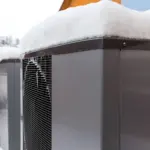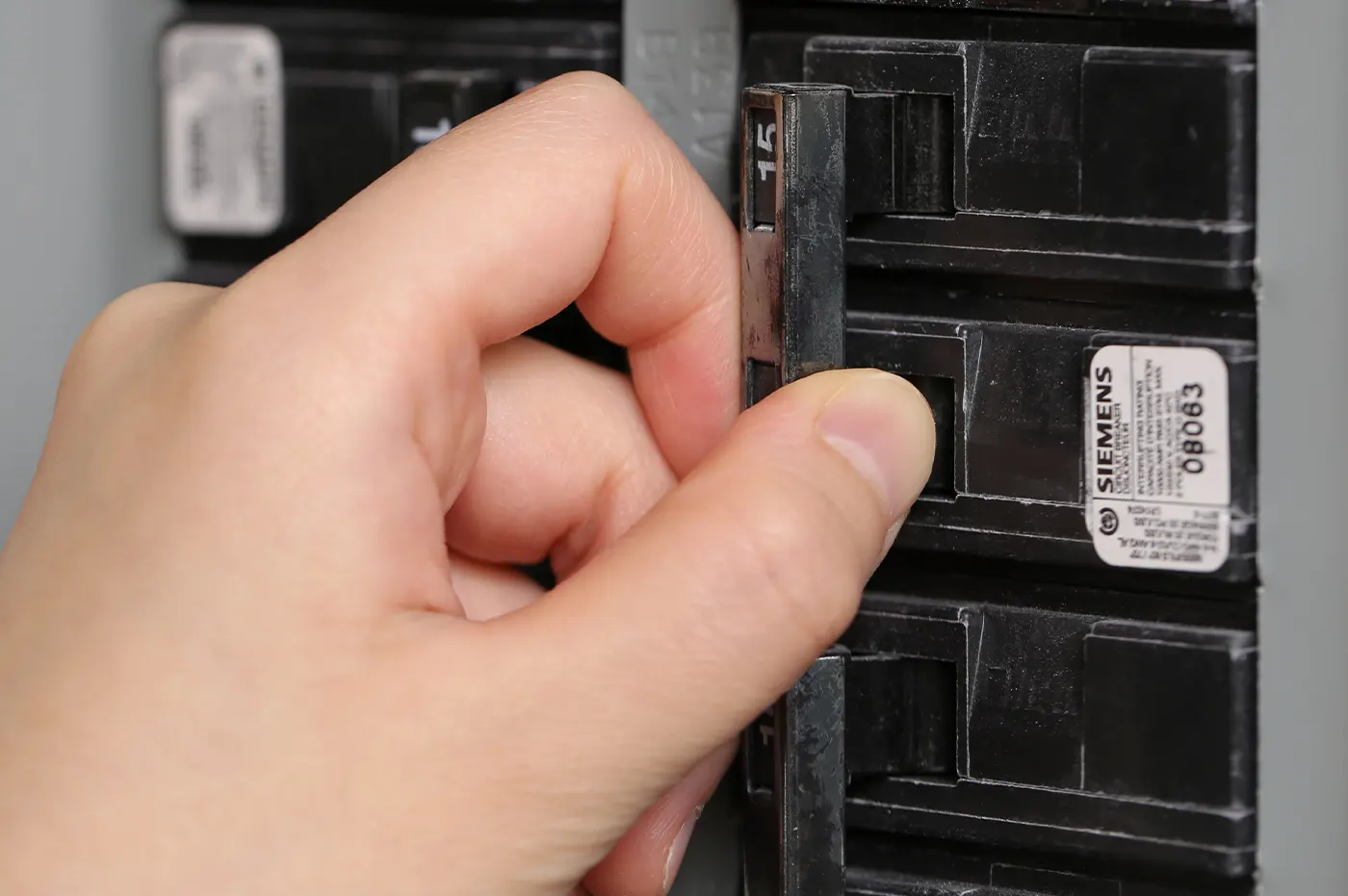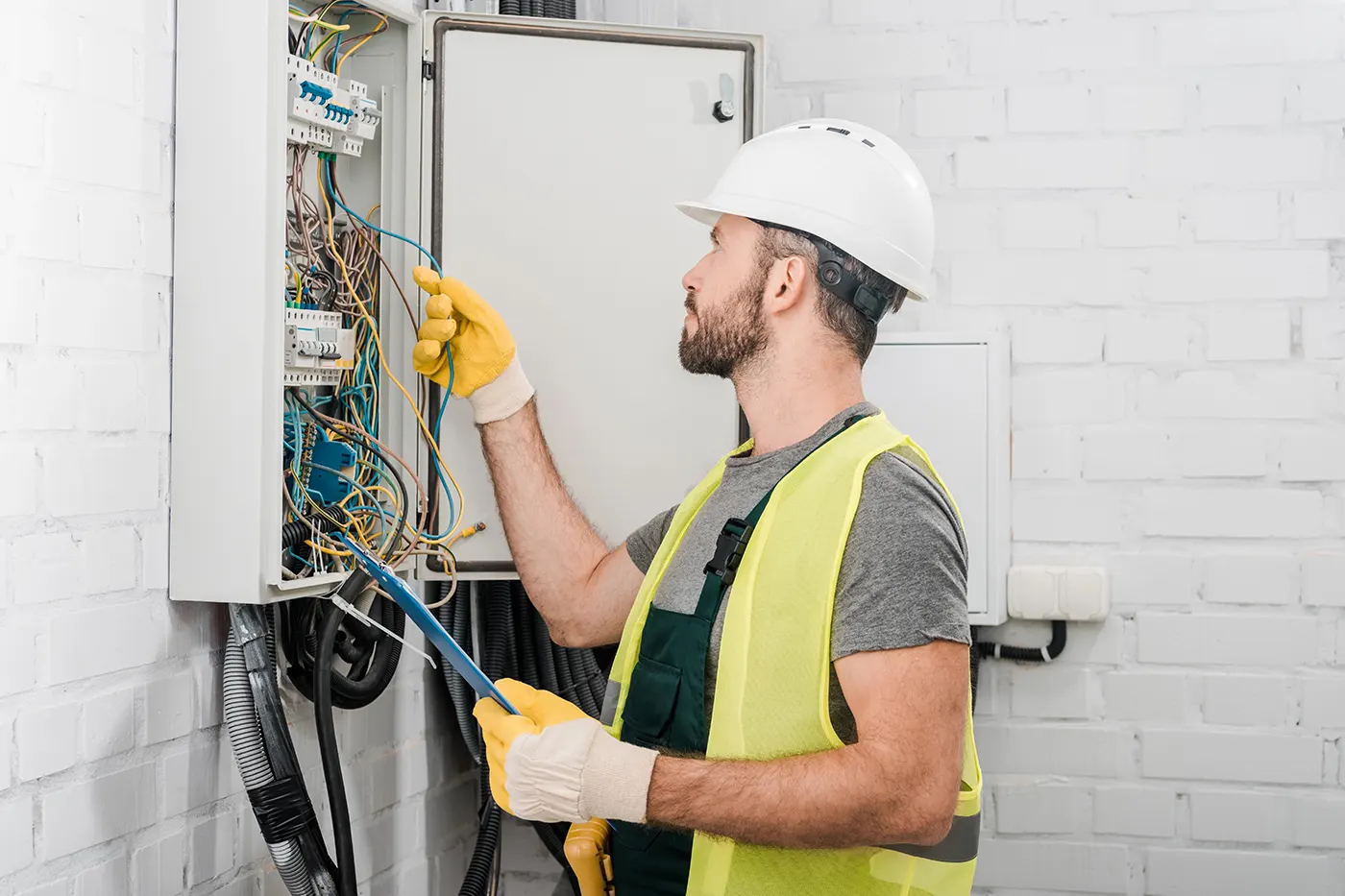
DIY Electrical Work: What You Can Safely Handle vs. When to Call an Electrician
December 20, 2024
A Guide for Choosing the Best Heat Pump for Your Home
January 23, 2025
DIY Electrical Work: What You Can Safely Handle vs. When to Call an Electrician
December 20, 2024
A Guide for Choosing the Best Heat Pump for Your Home
January 23, 20255 Common Signs It’s Time for an Electrical Panel Upgrade


Your home’s electrical panel is essential for safely and efficiently powering appliances, lighting, and devices. However, older panels or those unable to meet modern demands can have serious risks. If you're unsure whether it's time to upgrade, here are five common signs.
1. Frequent Tripping of Circuit Breakers
One of the most apparent signs your home’s electrical panel is struggling is when circuit breakers trip often. Circuit breakers are designed to shut off power when the electrical load becomes too much. If you’re constantly resetting breakers after running appliances, your panel is likely outdated or overloaded.
This problem is particularly common in older homes with panels rated for 100 amps. Decades ago, 100 amps were sufficient, but today’s homes require far more power. Modern appliances like dishwashers, HVAC systems, and heat pumps can quickly overwhelm an outdated panel.
Upgrading to a 200-amp panel can give your home the capacity it needs to handle current and future electrical demands. While there’s a cost to upgrade, it’s a worthwhile investment that reduces the risk of electrical fires and keeps your system reliable.
2. Flickering Lights or Power Surges
Do your lights flicker or dim when you turn on the microwave or air conditioner? This is a sign your electrical panel may not be able to handle the load. Flickering lights or sudden power surges mean the system is being pushed beyond its capacity.
Older circuit breaker panels weren’t built for today’s power demands, particularly in homes with large appliances or additions like heat pumps. When the system is overloaded, power distribution becomes uneven, causing these noticeable fluctuations.
Power surges can also damage sensitive electronics like computers, TVs, and gaming systems. An electrical panel upgrade can stabilize your system, eliminate flickering, and protect your devices.
3. Older Homes with Fuse Boxes
If your home still has a fuse box, it’s time to consider an upgrade. Fuse boxes, standard decades ago, are no longer sufficient for modern needs. Unlike circuit breakers, which reset after tripping, fuses blow when overloaded and need replacement.
Most fuse boxes were installed with 60- or 100-amp service, which is inadequate for modern homes. With today’s reliance on large appliances, smart devices, and home offices, these systems simply can’t keep up. If you’re undergoing a home renovation or adding new features, an outdated fuse box can be a major safety risk.
Upgrading to a modern 200-amp breaker panel ensures your electrical system can safely meet your lifestyle’s demands. It’s also essential for homeowners planning to install high-powered devices like EV chargers or additional HVAC systems.

4. Warm or Hot Breaker Switches
Your electrical panel should never feel warm or hot to the touch. If the breaker switches or the panel itself is warm, it signals a serious issue. Overheating can result from loose connections, faulty wiring, or an overloaded system, all of which increase the risk of electrical fires.
Older panels may not handle modern demands, causing components to overheat. If you notice warmth, contact a licensed electrician right away.
An electrical panel upgrade will eliminate these safety risks and improve your system’s efficiency. By upgrading your electrical work, you ensure a safer and more reliable power supply.
5. Unexplained Burning Smells or Scorch Marks
Burning smells or scorch marks around your electrical panel are red flags that something is dangerously wrong. These signs usually indicate overheating, sparking, or short-circuiting within the system. Ignoring these issues could easily lead to an electrical fire.
This problem is especially common in homes with outdated 100-amp panels or fuse boxes that can’t keep up with modern demands. Faulty wires or overloaded circuits create hazardous conditions, particularly in older homes that haven’t had electrical upgrades for decades.
If you smell burning, see scorch marks, or hear buzzing sounds near the panel, call an electrician immediately. A panel upgrade will address these problems and ensure your system operates safely.
Pros and Cons of Upgrading Your Electrical Panel
Before deciding on an upgrade, consider the pros and cons:
Pros:
- Increased capacity to handle modern appliances and devices.
- Enhanced safety by reducing risks of overheating and electrical fires.
- Allows for home renovations and additions like EV chargers or heat pumps.
- Protects appliances and electronics from power surges.
- Adds value to your home for resale.
Cons:
- The cost to upgrade, depending on your home’s needs.
- Professional installation is required, adding to the expense.
Despite the upfront cost, the long-term benefits, like improved safety and reliability, make a panel upgrade a smart investment.
Final Thoughts on Upgrading Your Electrical Panel
It may seem like a big investment, but upgrading your electrical panel is crucial for your home's safety and efficiency. Improving your home's power capacity by addressing these issues, like frequent breaker tips, flickering lights, and overheating, can prevent potential hazards.
If you notice these warning signs, it’s time to consult a licensed electrician and ensure your system is up to date. For a safer, more efficient electrical system, contact us today to schedule a professional upgrade consultation.
